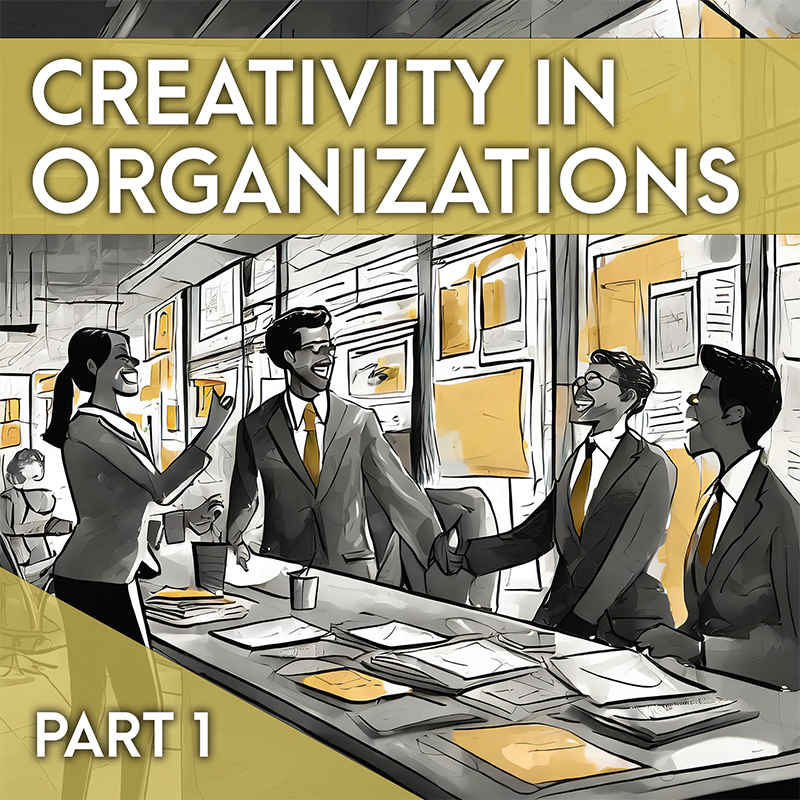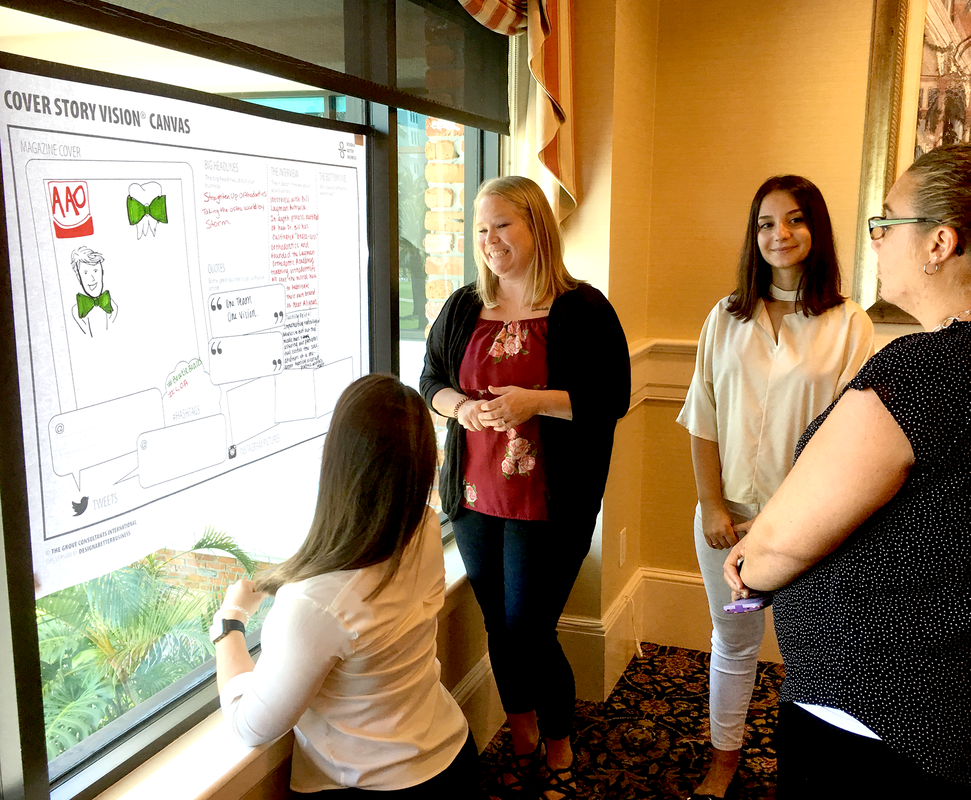|
As a musician, I have music continuously playing in the background.
If it’s not ambient instrumental music while I’m writing or working, it’s a song (earworm) that won’t leave my brain until I play it nice and loud for everyone else to hear. When I was writing and performing music, I would wake with a melody in my head and it would stay there until I recorded it as a voice memo. Sometimes an entire song, including the lyrics, would come to me fully formed. All I had to do was write it down. But, not everyone appreciates, hears, or feels the language of music the same way I do. Those who read and write musical notation hear it much the same way they would hear words. And working to music (even in the background) for them is no different than trying to have a conversation while someone else is talking. Many times in my life, I’ve acted as if something is true for me, then it must be true for everyone. It has gotten me into trouble every time. This example is no different. I used to assume that since I enjoyed working with music in the background, everyone must feel the same. I assumed that music with words would be too distracting, but that classical or new age music would help to increase focus and productivity. I assumed that just the right volume or intensity was the “correct” sweet spot for working. I’ve come to find out that because of neurodivergence, different learning styles, past trauma, or individual taste, music is not the salve for everyone that it is for me. Unless you plan to use music in a very intentional manner (i.e. “We will now silently sort the stickies from our team in Russia while I play two minutes of Rachmaninoff's Second Concerto”), ask your participants if they would prefer music while they ideate, write, or post up – or whether they prefer silence.
0 Comments
Organizations are made of people. They are microcosms of a larger social body. These groups perform and behave in distinct (and sometimes predictable) ways. They can be businesses, families, collectives, cults, or nations. It could be argued that all businesses are cults, but that’s another topic for another time.
These organizations are so complex that we have turned to metaphor in order to comprehend and understand them. In his 2006 book, Images of Organization, Gareth Morgan writes, “Metaphor is often regarded just as a device for embellishing discourse, but its significance is much greater than this. The use of metaphor implies a way of thinking and a way of seeing that pervade how we understand our world generally. For example, research in a wide variety of fields has demonstrated that metaphor exerts a formative influence on science, on our language, and on how we think, as well as on how we express ourselves on a day-to-day basis.” Whether an organization identifies as a machine, a hive mind, a band of pirates, or a party of explorers, they must find a path to trust and cohesion as they seek to achieve and face the unknown together. The cultural hallmarks of any functioning organization (or community of people) are how they communicate and what they create together — from music to meaning to marketing plans. In the midst of the pandemic, Joran Oppelt, a skilled facilitator and executive coach, played a pivotal role in reshaping the trajectory of an orthodontic clinic's business. The clinic faced challenges posed by virtual competitors like Invisalign and struggled to adapt, feeling reactive rather than proactive.
Joran's expertise in team alignment and team building became the catalyst for change. Through an extensive process of re-engineering meeting protocols, creating a clear vision and values, and establishing new communication strategies, the orthodontic clinic not only weathered the storm but emerged stronger and more resilient than before. Here’s what the Operations Project Manager had to say, “With Joran’s help, I led my team through redesigning our meetings protocol and organizational values. Thanks to his work, our company was not only able to overcome business disruptions due to COVID-19, but we were able to innovate, strategize, train, and synchronize our operations while exceeding financial goals!” Central to their success was the development of a competitive virtual offering, a strategic response to the threat posed by Invisalign. The clinic morale improved as they went from feeling like a victim to being a proactive player in the market, retaining and even expanding its patient base. The visioning process led by Joran played a crucial role in setting the clinic up for success during the challenging and isolating time of the pandemic. By defining clear vision, mission, and values, coupled with a comprehensive Team Charter, the clinic was able to ensure that everyone knew their roles and responsibilities. Most importantly, they identified and empowered the right person for the lead administrative role. Throughout the process, the team realized the need for an integrator – someone with the ability to drive these new systems and keep everything organized. This strategic shift not only streamlined operations but also accelerated the clinic's growth. Two years post-peak pandemic, this orthodontic clinic continues to thrive. Expanding their team with multiple calls for new assistants and hygienists, they are not just surviving but actively growing. The focus has shifted to marketing and patient base expansion, with a new social media and marketing plan in place. Their collaboration with a marketing company attests to their commitment to staying ahead in a competitive market. This success story is a testament to trusting in the process and the transformative power of facilitation and coaching. Joran's guidance not only helped them navigate the economic risks and cultural challenges posed by the pandemic but also set them on a trajectory of sustained growth and prosperity. It’s been three years and one pandemic in the making. I am so proud to finally announce the release of this fully-illustrated, definitive resource on how to facilitate groups and design collaboration. It presents a holistic view of facilitation – based on Integral Theory – and includes an array of contributions from expert voices, including co-author Geoffrey Nelson, David Sibbet, Lauren Green, Brian Tarallo, Jim Kalbach, Mark Tippin, Natalie Nixon, akasha, and Michelle Royal. If you (or your team) want to get better at guiding conversations, making decisions, surfacing opportunities, or driving outcomes, you must grab a copy today. They even come in hardcover! Inside you'll find:
Here’s What People are Saying About the Book“Whether you're a seasoned veteran or brand new to facilitating meetings and group processes, Facilitation is required reading. Everything in it is essential to the design and delivery of facilitation. And yet somehow in all 272 pages, nothing is superfluous. I tried to highlight everything that every facilitator should know; it would have been faster to have dipped the entire book in yellow ink.”
- Brian Tarallo, Lizard Brain, author of Surviving the Horror of Online Meetings: How to Facilitate Good Virtual Meetings & Manage Meeting Monsters “Facilitation is packed with essential knowledge and practical tips. This book is the perfect tool for group facilitators looking to feel more confident and capable in today's complex world. It’s an exciting and hopeful guide that delves into the underlying dynamics of group collaboration and places human experience at the center of the process.” - Rebecca Ejo Colwell, MBA; Founder Ten Directions, Co-Founder Integral Facilitator® In complex business environments, leadership cannot be off-boarded or outsourced. As leaders and executives, sometimes we blame the bad things happening around us on others, or the market, or circumstance.
Things like ineffective meetings, staff turnover, teams not hitting their goals, people holding back, lack of work/life balance, and not sticking to the strategy. These have nothing to do with other people and everything to do with the way you show up as a leader. It’s been said that “people don’t leave bad jobs, they leave bad managers.” The opposite is also true. People don’t follow ideas, they follow other people. Is your mission confusing and convoluted? Are there too many initiatives to remember? Have you made your vision of the future (and their role in it) crystal clear for the team? If not, chances are they will burn out. If they stop believing in your capacity to lead, you will no longer be their leader. No amount of bonuses or self-care days will undo it. Executives and leaders experiencing complexity and overwhelm can do two things to establish leadership in complex environments:
This alignment will look more like group storytelling than strategy. It will involve all of your people and involve them in visualizing things like retrospectives, journey maps, and cones of plausibility. Consider how the diversity of voices, perspectives and competencies you convene and empower today will impact, amplify, drive, or disrupt your work in the future. Visionary leaders prepare for this long tail and are able to manage the business along multiple horizons. The emotional benefits for leaders who can do this include:
Some measurable results we have seen in leaders and businesses that can enable this kind of thinking and behavior in those around them include:
As mentioned in our book, Visionary Leadership, these types of leaders are able to do three things well:
Raise more visual leaders. Celebrate them. Watch them shine. |
Details
ABOUT THE AuthorJoran Slane Oppelt is an international speaker, author and consultant with certifications in coaching, storytelling, design thinking and virtual facilitation. Archives
March 2024
Categories
All
|






 RSS Feed
RSS Feed